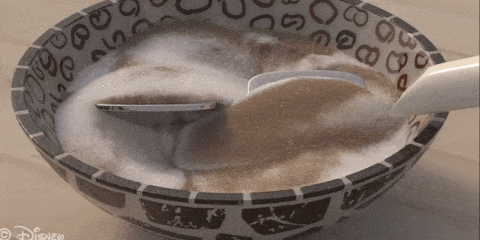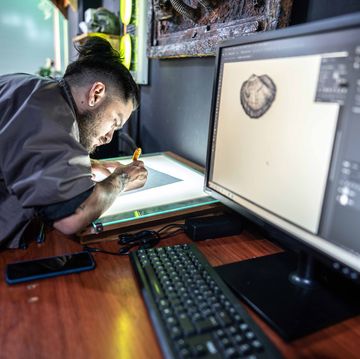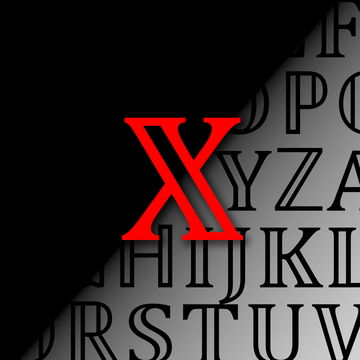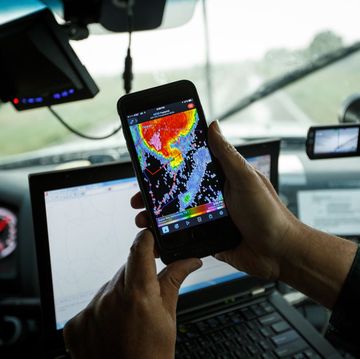Even the simplest real-world things can be an absolute nightmare to replicate as computer animations. Here in the actual universe, objects like balls and panes of glass and grains of sand will just adhere to the laws of physics on their own. Inside a computer, though, you have to tell each and every one of them exactly how to behave.
With that in mind, this simulation from Disney Research Hub is impressive in more ways than one. Yes, it looks realistic and that alone is impressive. But one layer deeper, that means the computer is keeping track of every grain of sand, telling it what to do, and giving it very accurate instructions. Just a handful of years ago, it would have taken an unfeasible amount of computer power to run a simulation like this, and the results wouldn't have looked half as good.
How exactly did the researchers achieve this mix of efficiency and realism? They're tell you but don't feel bad if you can't quite understand. From the video's description:
The key to our speedup lies in two complementary aggregate scattering approximations which we introduced to jointly accelerate construction of short and long light paths. For low-order scattering, we accelerate path construction using novel grain scattering distribution functions (GSDF) which aggregate intra-grain light transport while retaining important grain-level structure. For high order scattering, we extend prior work on shell transport functions (STF) to support dynamic, heterogeneous mixtures of grains with varying sizes.
And if you're still not impressed, just take a minute to appreciate how wrong this sort of thing can go. Take this horrific slice of pizza for instance:
I guess Disney has a new project to work on next.
Source: Disney Research Hub













